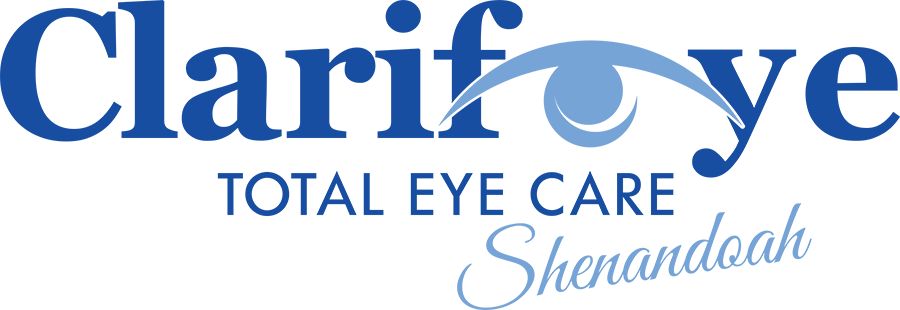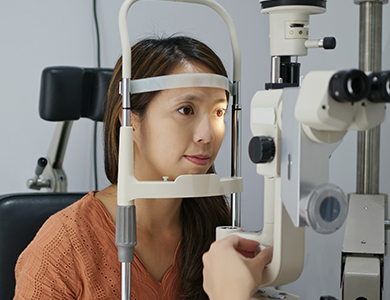How Often Should Kids Get Their Eyes Checked?

One of the most important steps you can take to support your child’s development is making sure their eyes are healthy and their vision is clear. Regular eye exams not only help detect vision problems early, but they also play a key role in your child’s ability to learn, grow, and enjoy the world around them. But how often should you bring your child in for an eye exam?
Vision and Learning
Vision plays a crucial role in a child’s ability to learn, as much of what is taught in and outside the classroom is presented visually. Clear vision is essential for reading, writing, focusing on the board, and participating in sports and other activities. When a child has undiagnosed vision problems, they may struggle with reading comprehension, fall behind in class, or even be misdiagnosed with learning or behavioral issues.
The Important of Regular Pediatric Eye Exams
Many vision problems in children go unnoticed because kids often don’t realize they’re not seeing as well as they could be. Regular eye exams can detect issues early, before they impact your child’s school performance or daily life. Early detection and treatment are key to preventing more serious problems down the road.
First Exam
The American Optometric Association recommends that infants have their first comprehensive eye exam between 6 and 12 months old. Even at this early stage, eye doctors can detect problems like congenital cataracts, eye muscle imbalances, or significant refractive errors that may affect your child’s development.
Second Exam
A follow-up exam at age 3 helps to identify any developing issues as your child grows and becomes more active. At this stage, your optometrist can assess visual acuity, eye alignment, and overall eye health.
Before School Grade
As your child prepares to start school at age 5 or 6, a comprehensive eye exam ensures they’re seeing clearly and are ready to learn. Vision problems can make it difficult for kids to keep up in class, so this check is especially important.
Annually Thereafter
If your child doesn’t need vision correction and has no diagnosed eye conditions, an annual exam is recommended to monitor for any changes. However, if your child wears glasses or contacts, or if they’ve been diagnosed with a vision or eye health condition, your optometrist may recommend more frequent visits to keep their eyes healthy and their vision clear.
Signs Your Child May Need an Eye Exam Sooner
While routine exams are important, there are times when your child should see an eye doctor sooner. Watch for signs such as:
Squinting or tilting the head to see
Frequent eye rubbing
Complaints of headaches or eye strain
Holding books or screens very close
Difficulty focusing or paying attention in class
If you notice any of these signs, schedule an eye exam as soon as possible.
Protect Your Child’s Vision at Clarifeye Total Eye Care
Regular eye exams are an essential part of your child’s healthcare. Following the recommended schedule helps ensure your child’s eyes are developing properly and gives them the best chance at clear, comfortable vision for years to come.
Contact Clarifeye Total Eye Care to schedule a pediatric eye exam and support your child’s vision health at every stage. Contact our office in Shenandoah, Texas, by calling (936) 267-0190 to book an appointment today.


